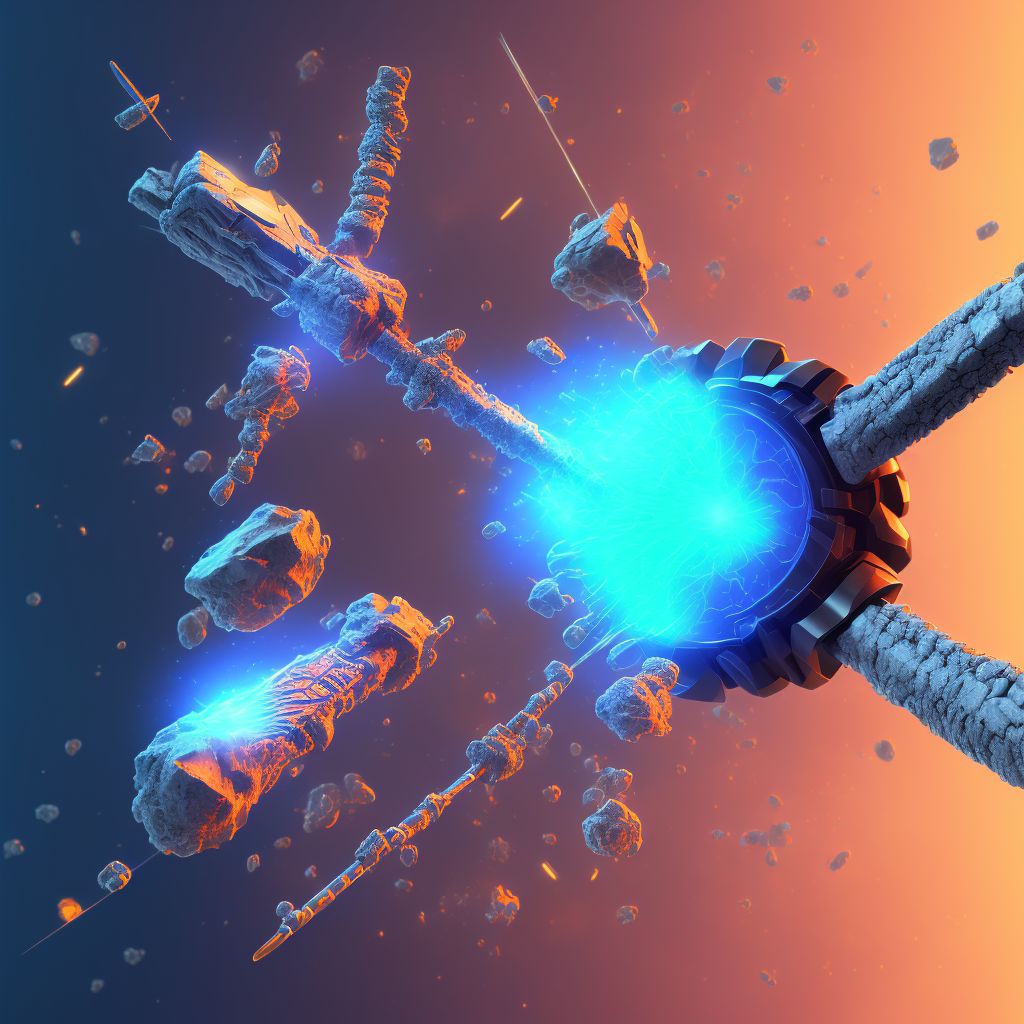
Nondisplaced transverse fracture of shaft of left tibia, subsequent encounter for open fracture type I or II with malunion Save
ICD-10 code: S82.225Q
Disease category: S82.225: Nondisplaced transverse fracture of shaft of left tibia
Nondisplaced Transverse Fracture of Shaft of Left Tibia: Understanding Open Fracture Type I or II with Malunion
When it comes to fractures, one common type that can occur in the left tibia is a nondisplaced transverse fracture of the shaft. This type of fracture refers to a break in the long bone of the lower leg, specifically the tibia, where the bone is cracked horizontally. In some cases, this fracture may result in an open wound, leading to an open fracture type I or II with malunion.
An open fracture occurs when the broken bone pierces through the skin, exposing it to the external environment. This scenario can increase the risk of infection and require immediate medical attention. Open fractures are classified into different types, with type I referring to a clean wound with minimal soft tissue damage, and type II indicating a larger wound with moderate soft tissue injury.
Malunion, on the other hand, refers to the improper healing of a fractured bone. In the case of a nondisplaced transverse fracture of the left tibia, malunion can occur if the fractured bone ends do not align properly during the healing process. This misalignment can lead to functional limitations, pain, and cosmetic issues.
To address an open fracture type I or II with malunion resulting from a nondisplaced transverse fracture of the left tibia, a comprehensive treatment plan is necessary. However, in this article, we will focus on understanding the condition rather than discussing its treatment options.
- Symptoms: Common symptoms of this condition include pain, swelling, deformity, and difficulty bearing weight on the affected leg.
- Diagnosis: A thorough physical examination, accompanied by medical imaging techniques like X-rays, CT scans, or MRI, is essential to diagnose and assess the severity of the fracture.
- Risk Factors: Factors that increase the risk of developing this type of fracture include trauma, repetitive stress, weakened bones due to conditions like osteoporosis, and certain sports activities.
- Prevention: While it may not always be possible to prevent fractures, maintaining good bone health through a balanced diet rich in calcium and vitamin D, regular exercise, and practicing safety measures during physical activities can help reduce the risk.
In conclusion, a nondisplaced transverse fracture of the shaft of the left tibia can result in an open fracture type I or II with malunion. Understanding the symptoms, diagnosis, risk factors, and preventive measures associated with this condition is crucial for effective management and recovery.
Treatment of Nondisplaced transverse fracture of shaft of left tibia, subsequent encounter for open fracture type I or II with malunion:
Treatment Options for Nondisplaced Transverse Fracture of Shaft of Left Tibia with Malunion
A nondisplaced transverse fracture of the shaft of the left tibia, subsequent encounter for open fracture type I or II with malunion, can be a challenging condition to treat. It requires careful consideration of various treatment options to ensure proper healing and optimal recovery for the ...
To see full information about treatment please Sign up or Log in